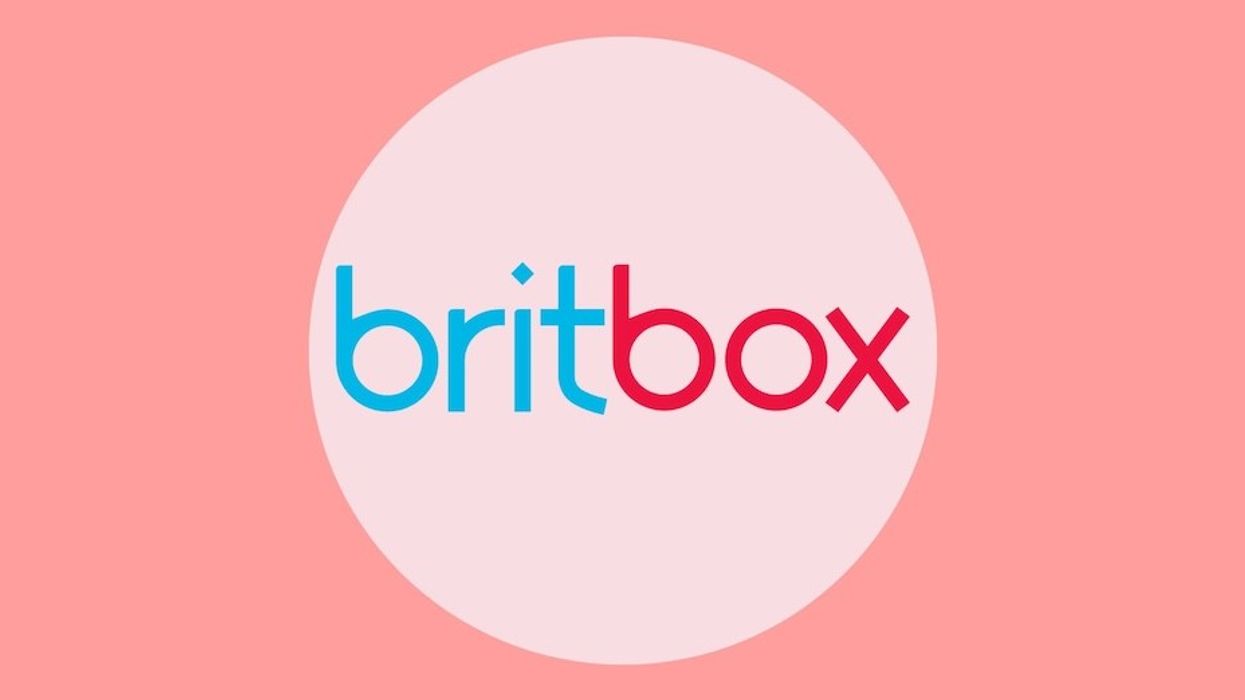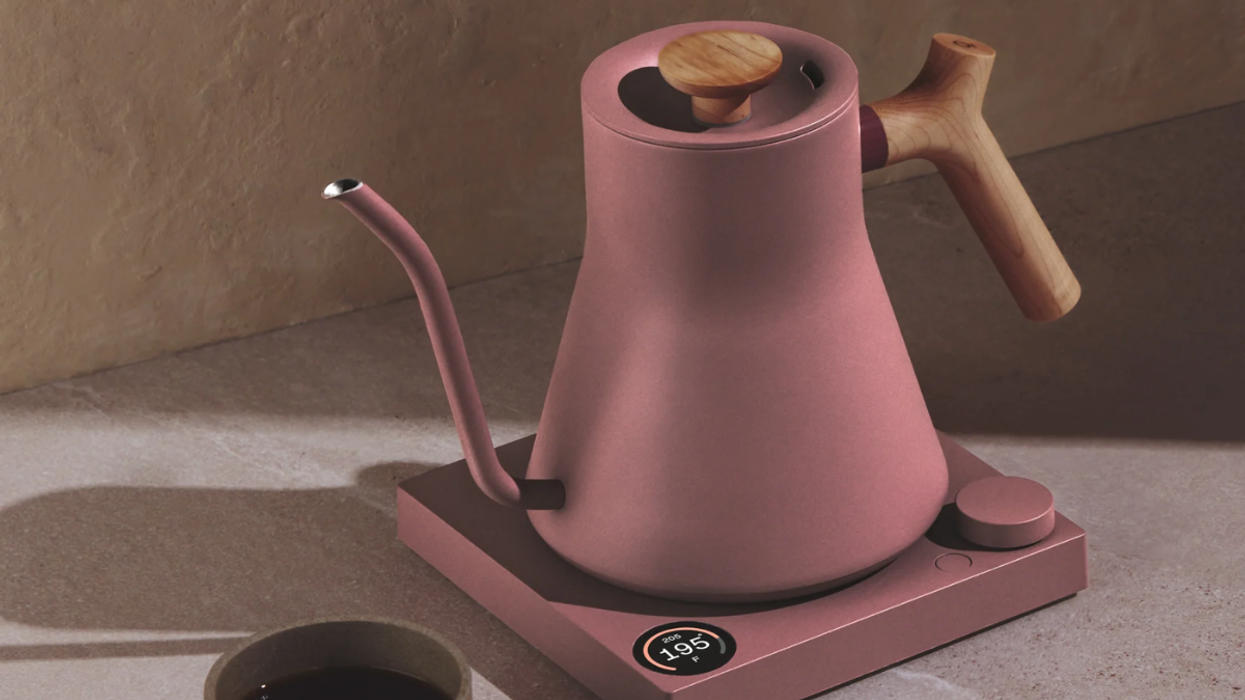Read more books in 2018.
Make 2018 Your Year of Reading More

If the tendency to unwind with your smartphone instead of curling up with a novel and a cup of tea has caused your book consumption to flatline, you’re not alone. A significant shift in generational habits has us scrolling our phones late into the evenings, tweeting at what was previously prime time to read. But while new technologies may make us feel momentarily more connected to our networks, they are simply no replacement for the mental and physical health benefits of reading.
We know that nonfiction books can empower us with a depth of knowledge we’ll never find in clickbait, and reading fiction deepens our empathy for others and makes us better friends and partners. Reading also staves off dementia and may even help us live longer. If you’re determined to make reading a habit this year, here’s some of our top tips for getting to the bottom of that to-be-read pile.

1. Make your phone reader-friendly. Put that smartphone to (better) use by engaging with it as a reading tool instead of a distraction. We spoke with Jennie Kearns, who reached her goal of reading a whopping 100 books in 2017, and asked how to engage technology to help us read more. “When 2017 started I was longing to be back in school, but knew the timing wasn’t right. Even if I couldn’t go back to school, I knew I could learn so much from reading. I was curious to know if I could read 100 books.” Kearns’ weapon of choice? The Notes app for iPhone, where she tracked every title she started throughout the year. Bookout and Goodreads also offer ways to track your reading habits by updating page counts each day.
Keep in mind that you don’t have to limit yourself to the sweet rustle of paper pages, either. Audiobooks that you can listen to in small chunks throughout your downtime at work or in the car will add up, and you can use apps like Hoopla and Overdrive to borrow audiobooks for free through your library. Or for a monthly subscription fee, Audible gives you access to a huge database of audiobooks for download. You can also download Kindle and Reader apps to your phone so that when you have an unexpected free moment at the doctor’s office or waiting in line, you always have a book with you.
2. Start with a book you know you can get through. Once you’ve got a target number of books to read in mind, set yourself up for success by starting with something you’re really excited to read. While that behemoth classical history of the decline of Rome may have been collecting dust on your shelf since undergrad, reading it first is a quick way to turn reading into a chore that you’ll seek to avoid. A breezy romance or a fun memoir by your favorite comedienne is more likely to keep your attention. If reading is your first love and you’re coming back after a long absence, you might even consider revisiting titles that made you fall in love with reading in the first place (now’s an especially perfect time to take another look at A Wrinkle in Time [$5]).
Kearns, our hundred-books-a-year hero, recommends using the library as a low-risk way to pick up a new reading habit. “I started some books that were on my list, intending to read them, but I got disinterested early on and put them back on the shelf,” she says. By choosing not to waste time on books you don’t love, you’ll be giving yourself a chance to read things you actually like.
3. Team up. The best way to make a habit stick is to find some friends that are willing to make a mutual investment in your shared success. Ask your favorite bookish besties about some titles they’re excited about reading, or browse a local bookstore together to find something you’re equally into. Committing to read a book together will give you guys something to talk about besides the rising costs of avocado toast and that acquaintance both of you can’t stand. In addition to deepening your bond, you’ll be moving closer to establishing a habit that will last.
4. Hit up your to-be-read stack with another habit that you already do daily. Habit-stacking is a research-driven method for establishing habits by coupling them with the things you already do. Choose something simple and intuitive, like drinking your morning coffee on your way to work, and associate it with your old-made-new reading hobby. Decide to read for 15 minutes while you drink your coffee on the train to work, instead of wondering if that cryptic thing your ex posted was a subtweet. Remembering to read is half the battle, and connecting it with something you know you won’t forget to do is a great way to keep it top of mind.
Although upping your page count might be mentally exhausting at first, you’ll be zooming through the latest picks in publishing before you know it if you stick to a routine for two to three weeks — Kearns guarantees it. “The books add up, and you learn a lot,” she says, likening her epic reading year to a year of school she engineered herself. “I [now] know more about how I’m wired (thanks to the personality typing books I read), and how others are (thanks to books on relationships and vulnerability). I read and learned much about myself as a woman by reading books on women in different cultures and leadership roles. I thoroughly enjoyed learning as much as I did.”
What titles are you most excited to get your hands on this year? Tweet us @BritandCo!
(Photo via Getty)
Brit + Co may at times use affiliate links to promote products sold by others, but always offers genuine editorial recommendations.



















